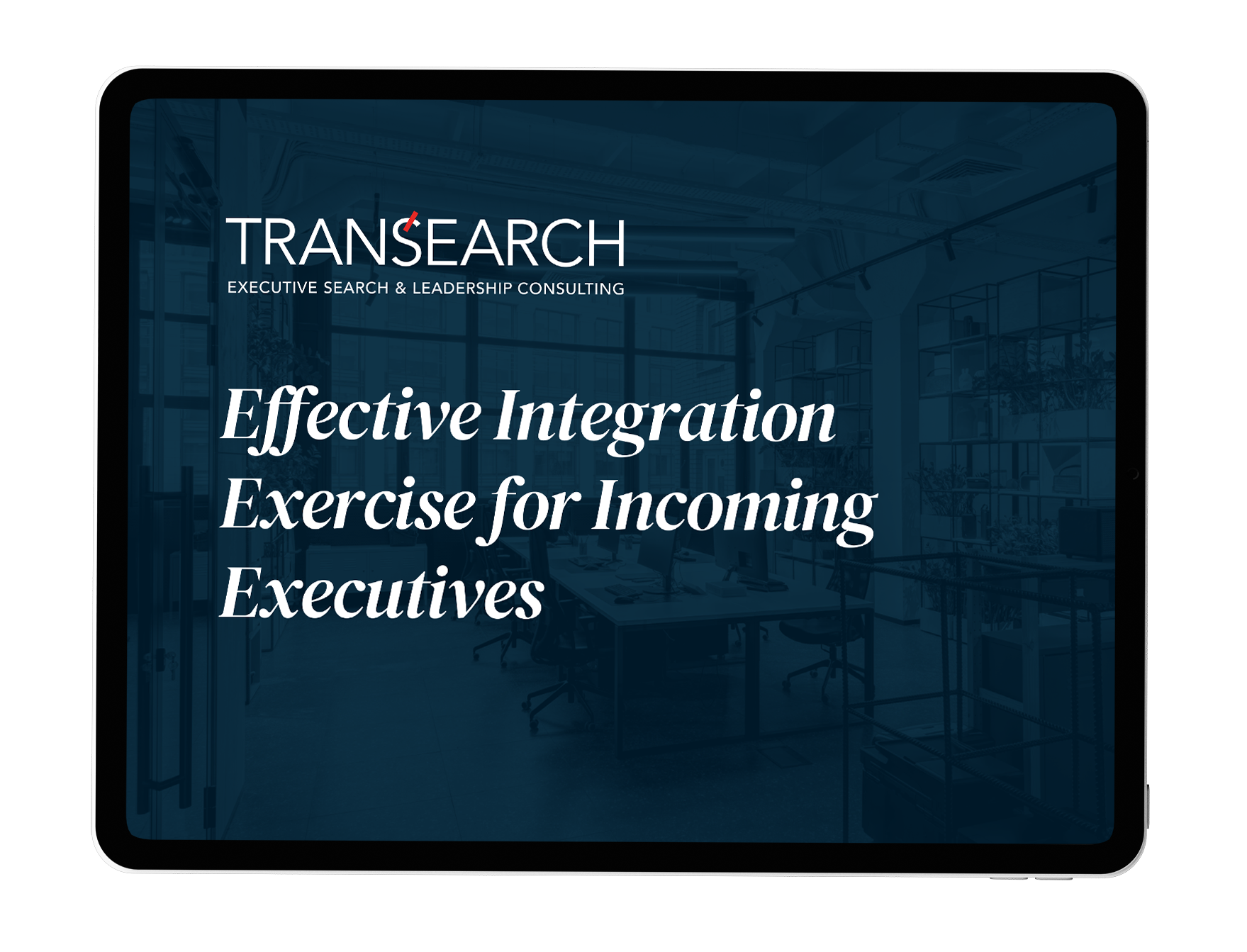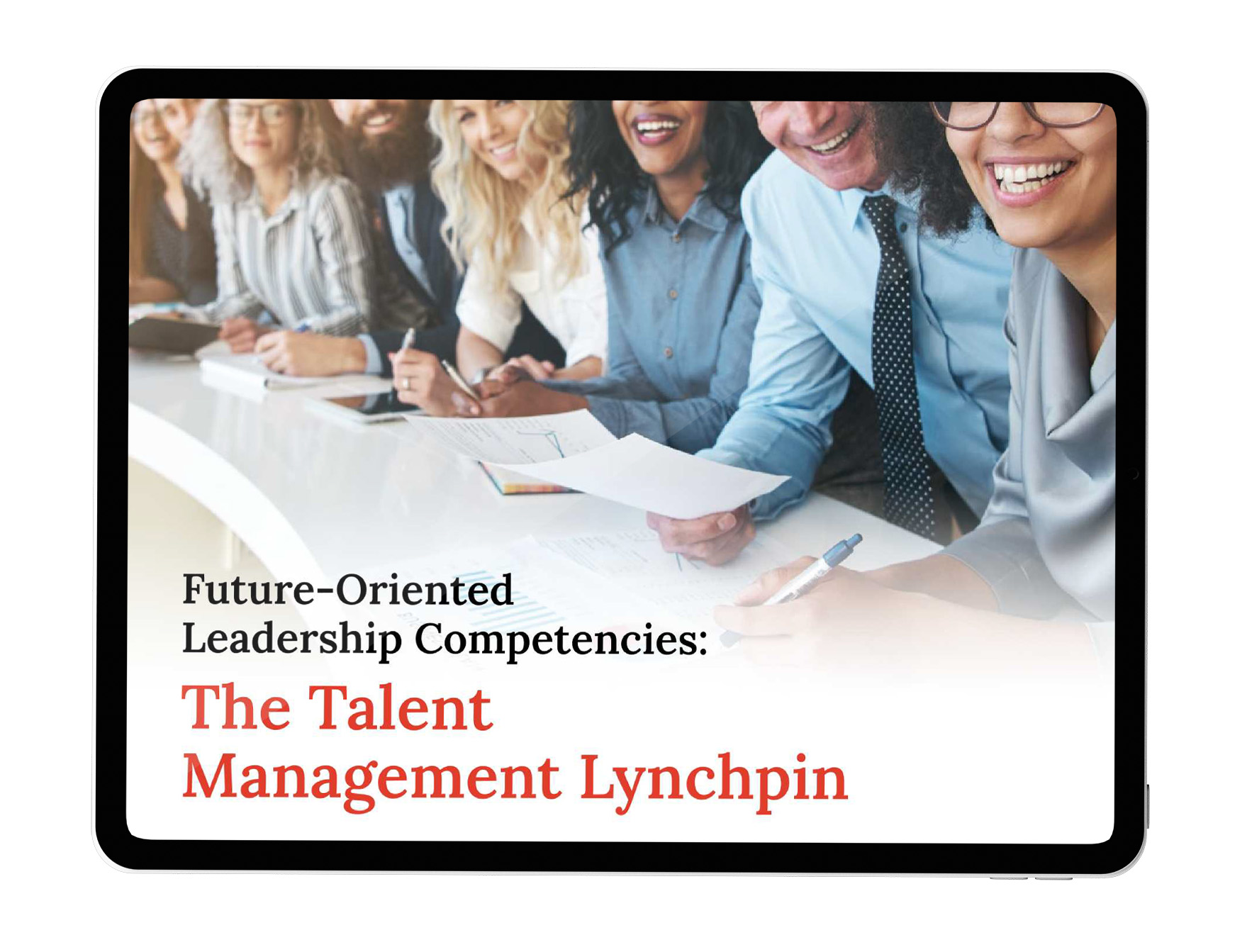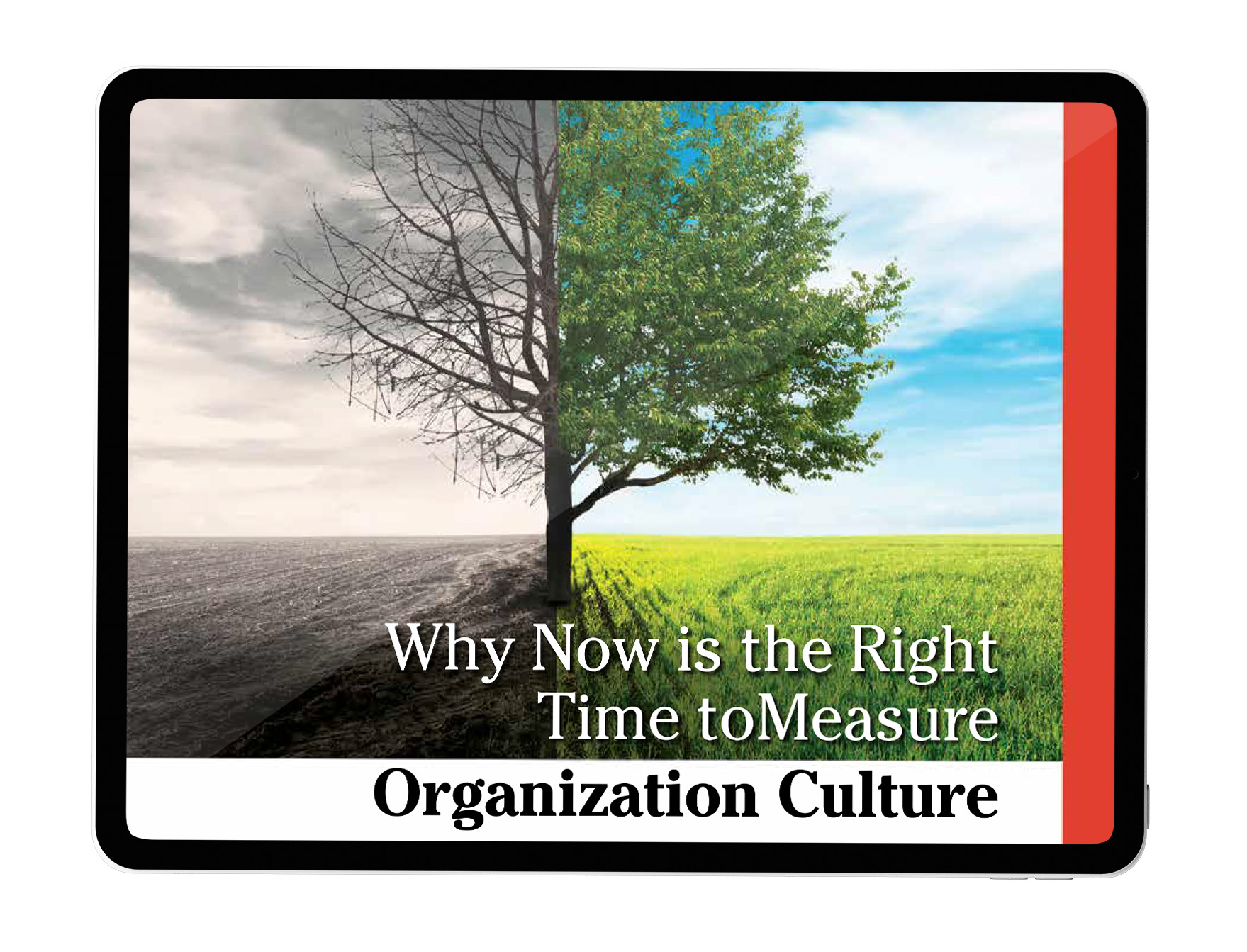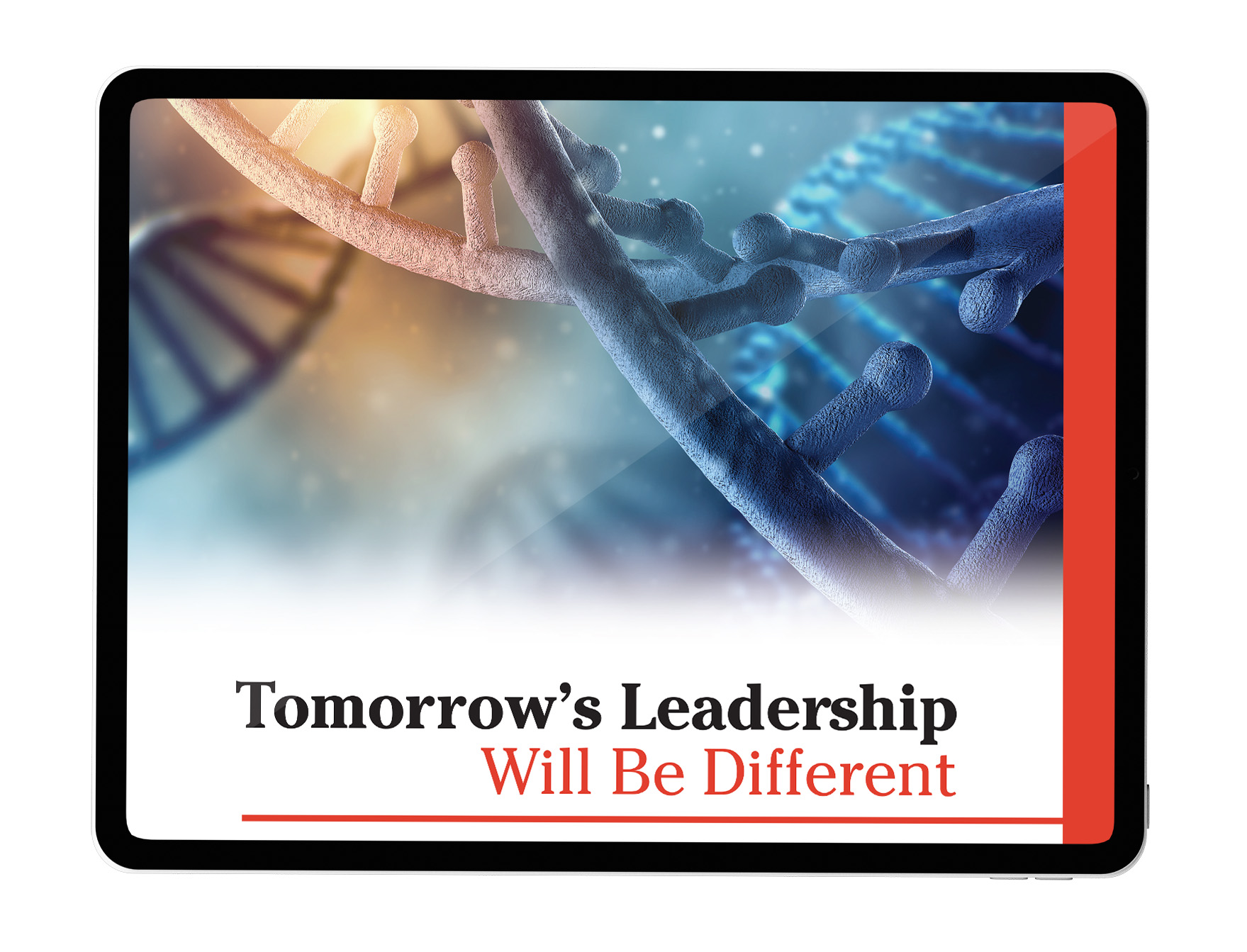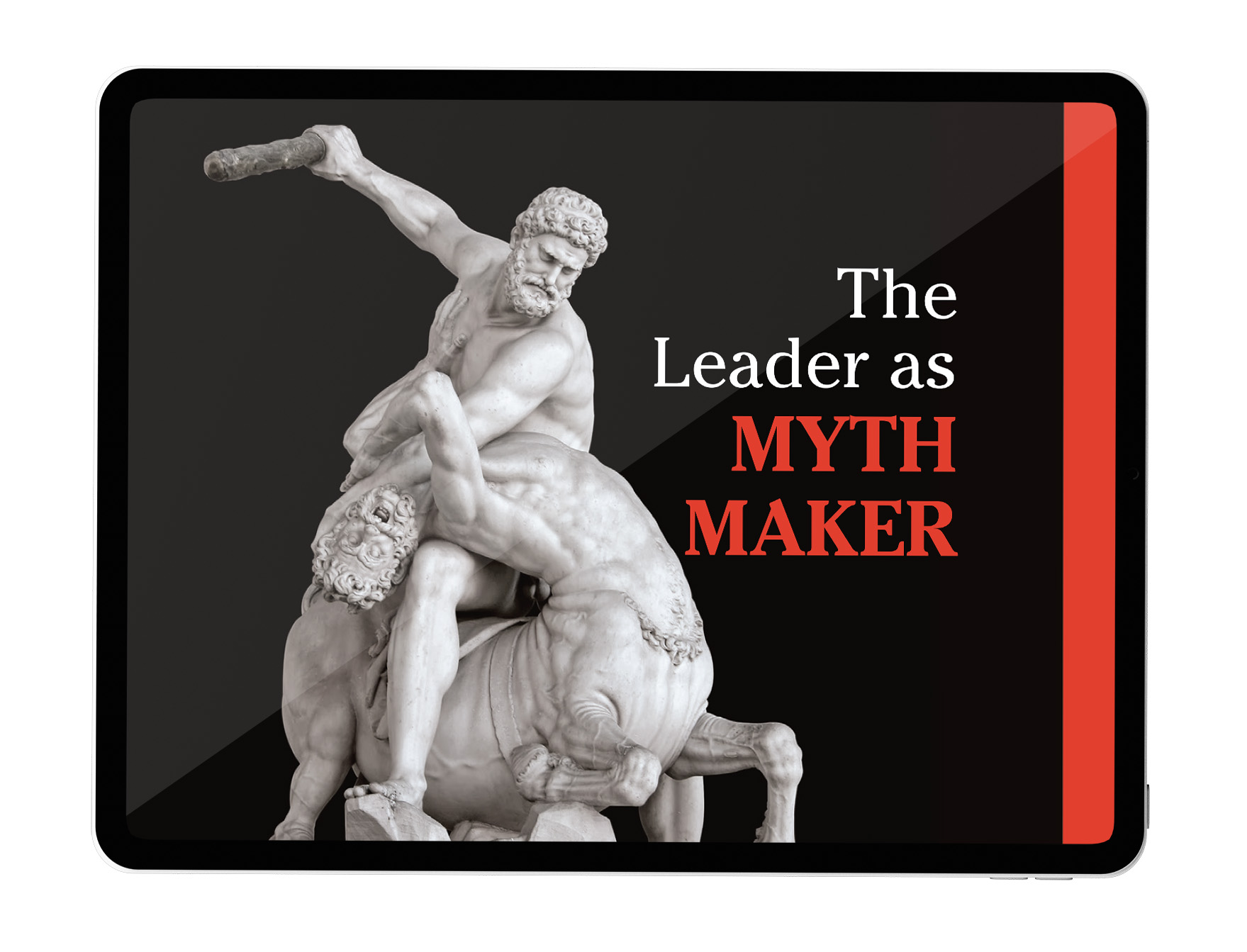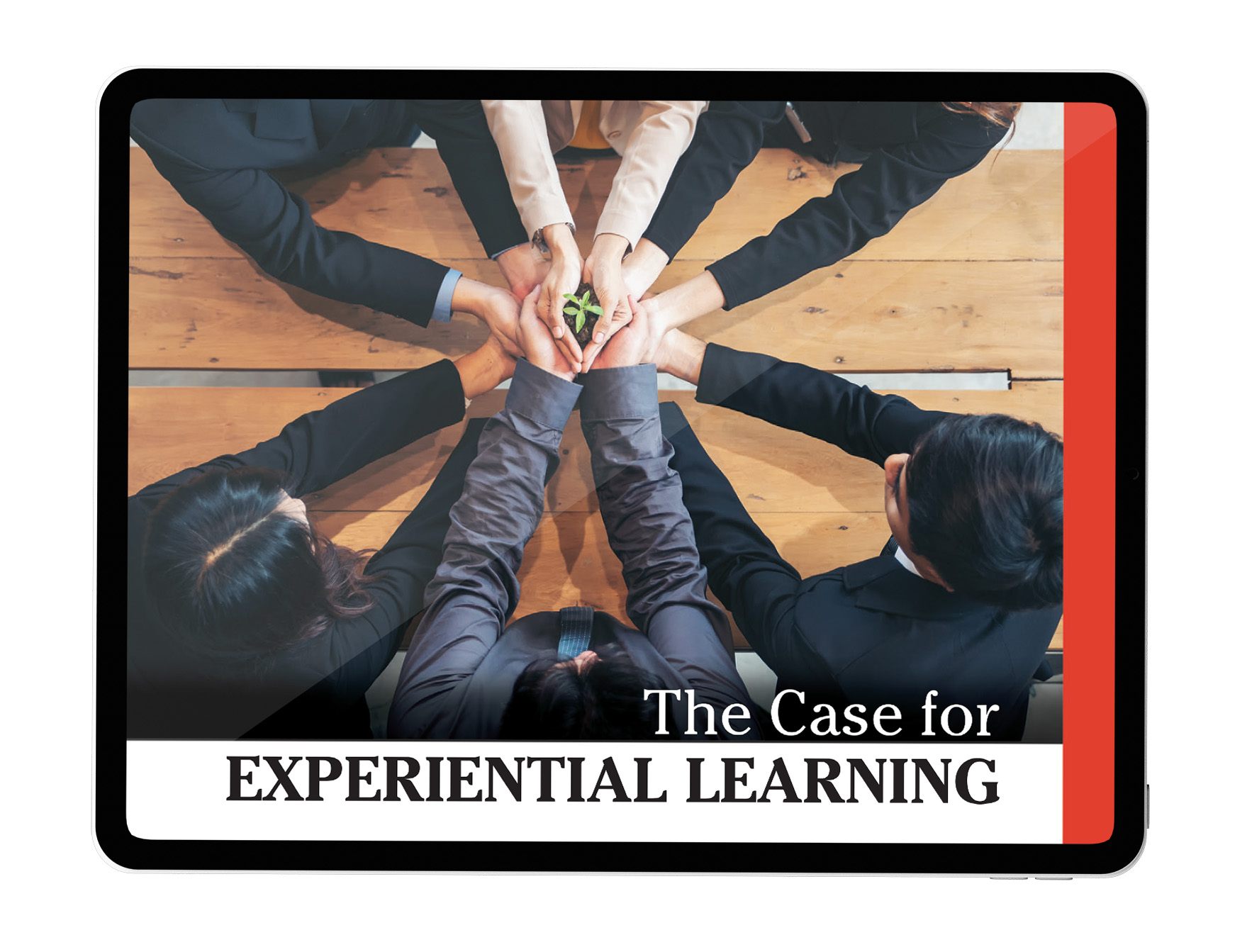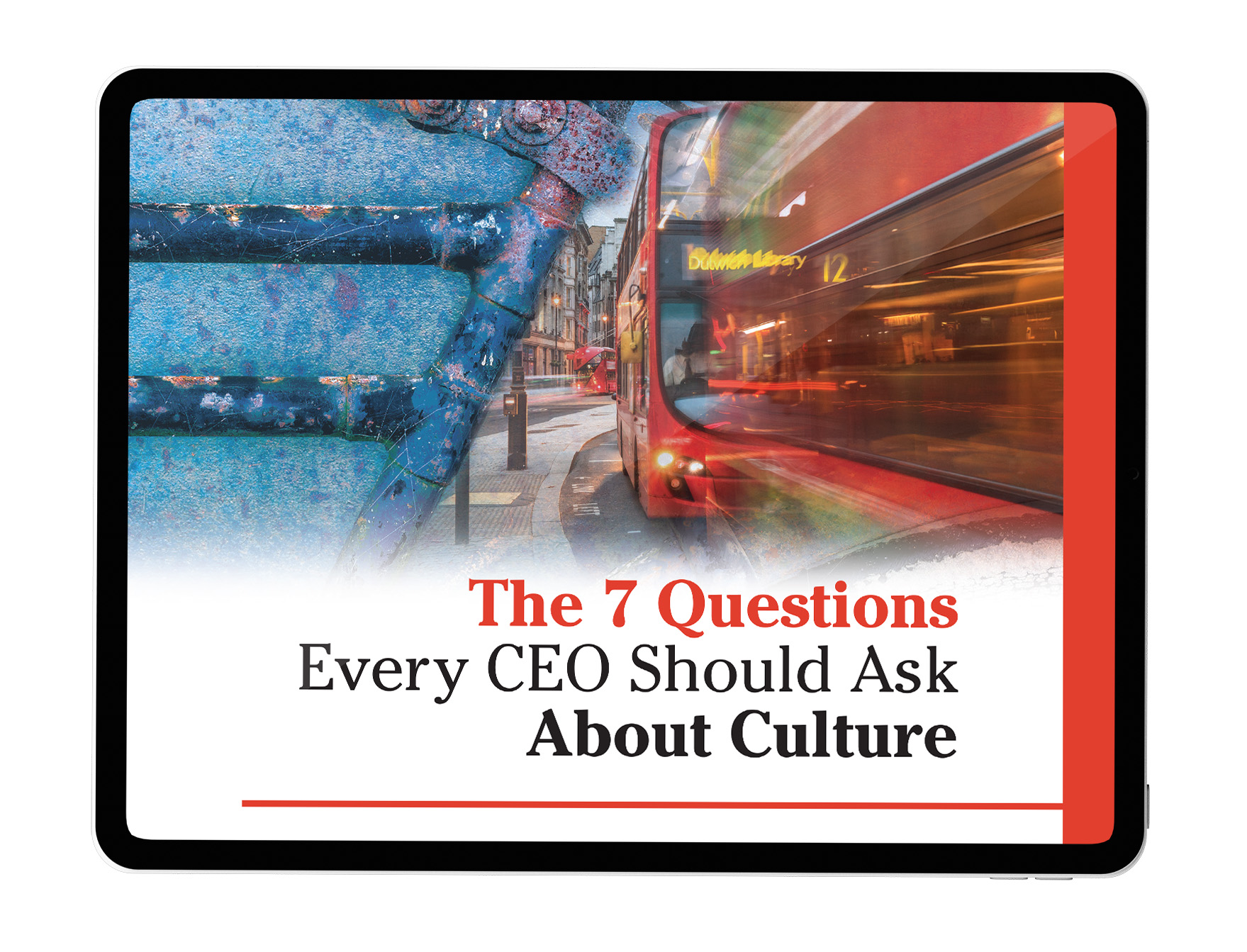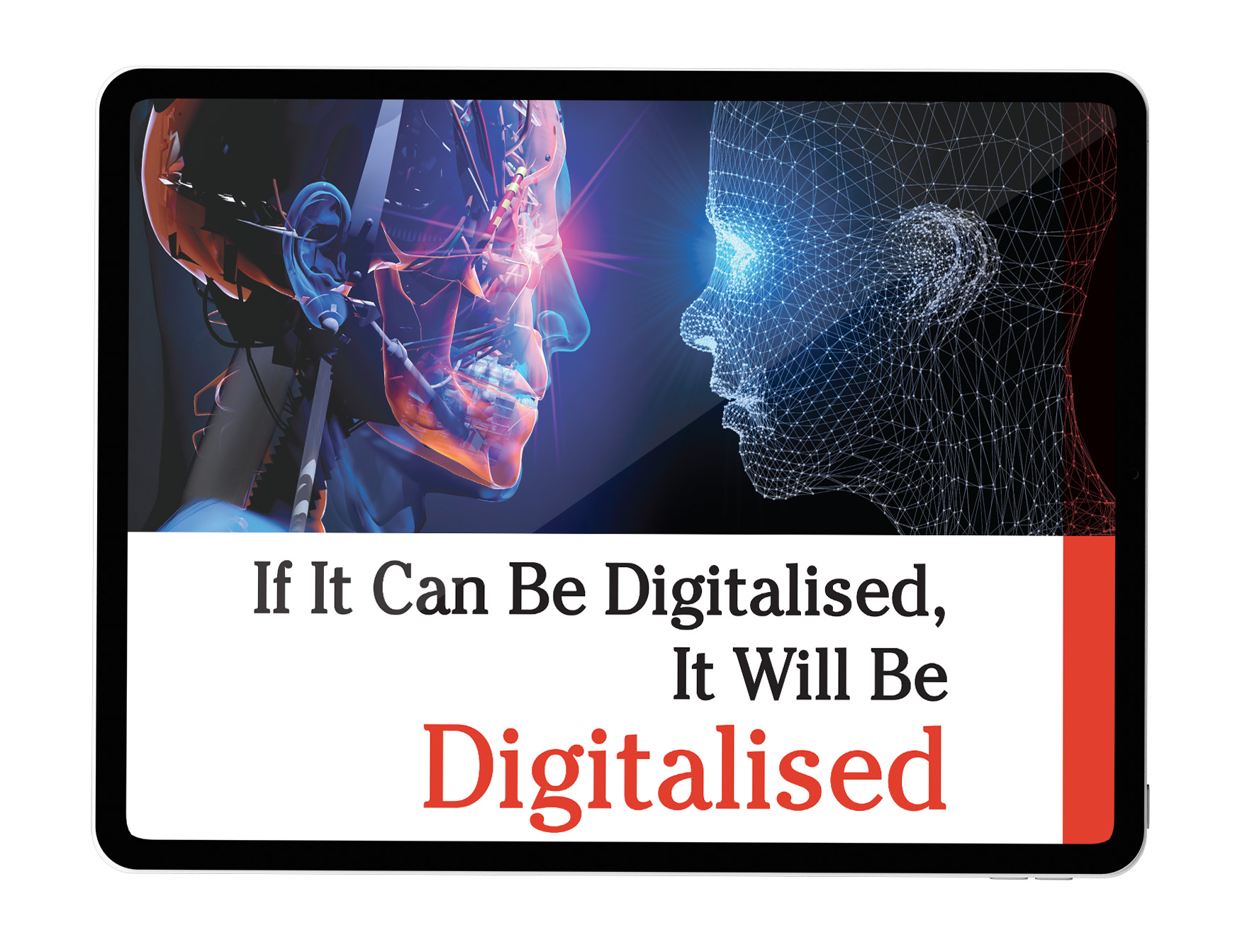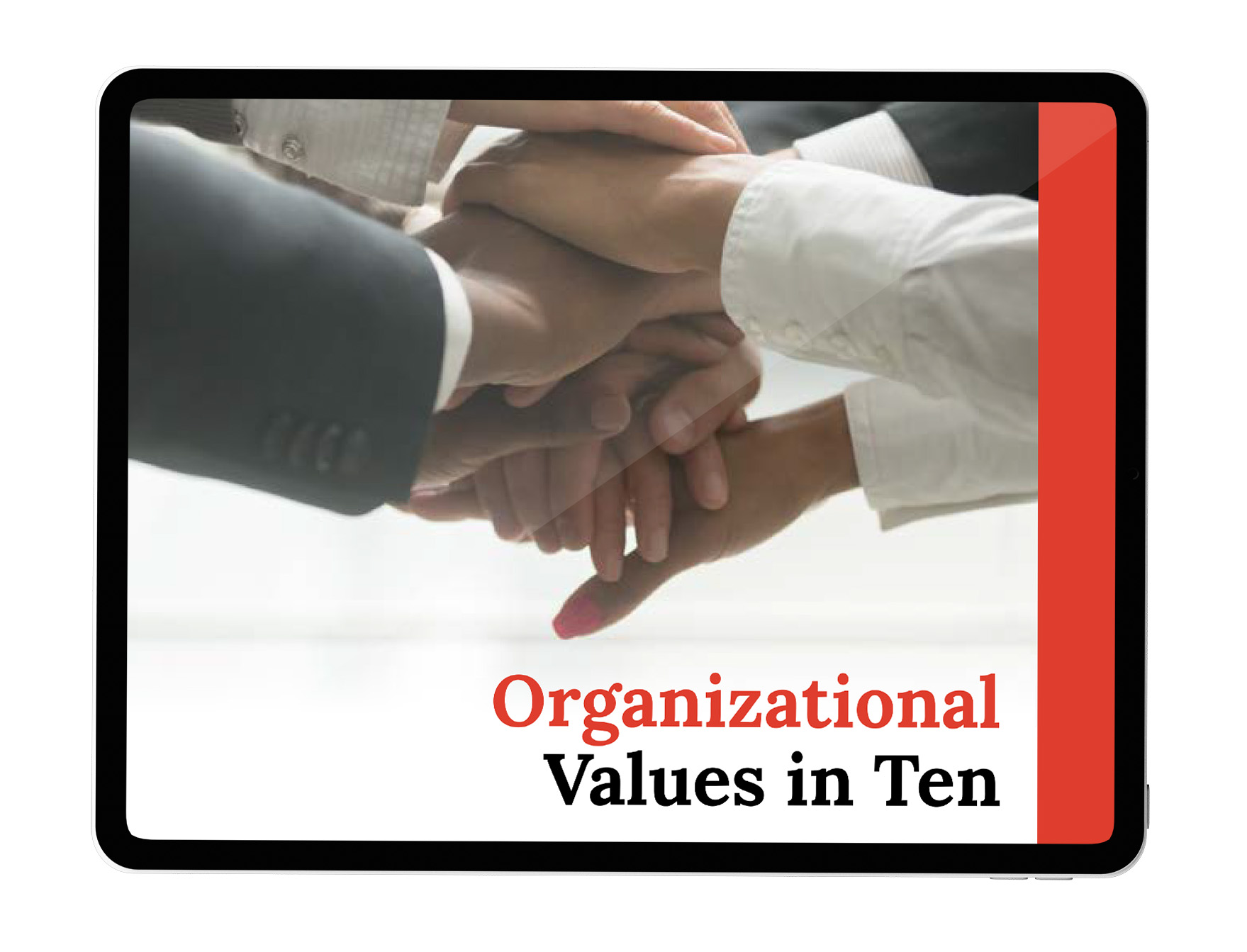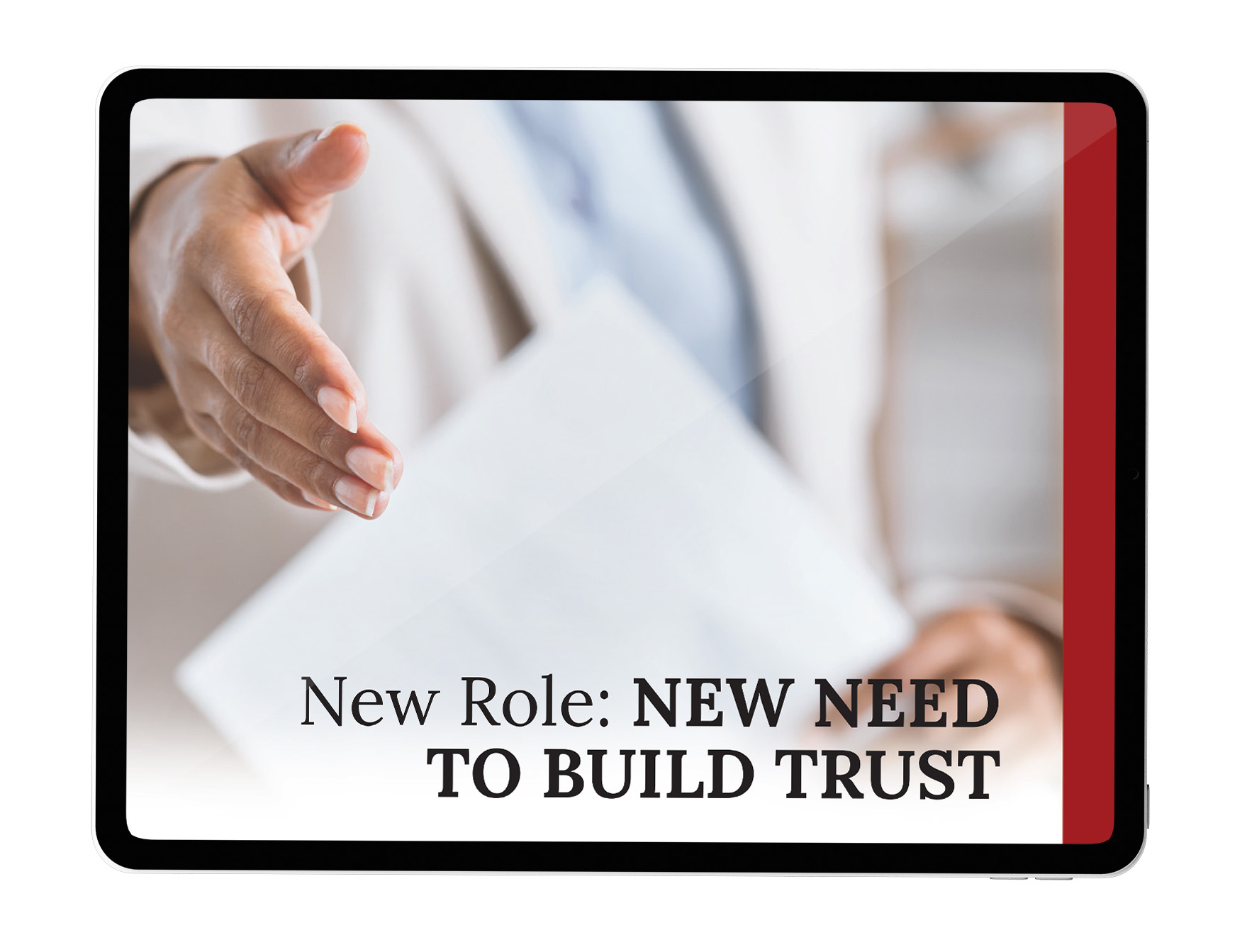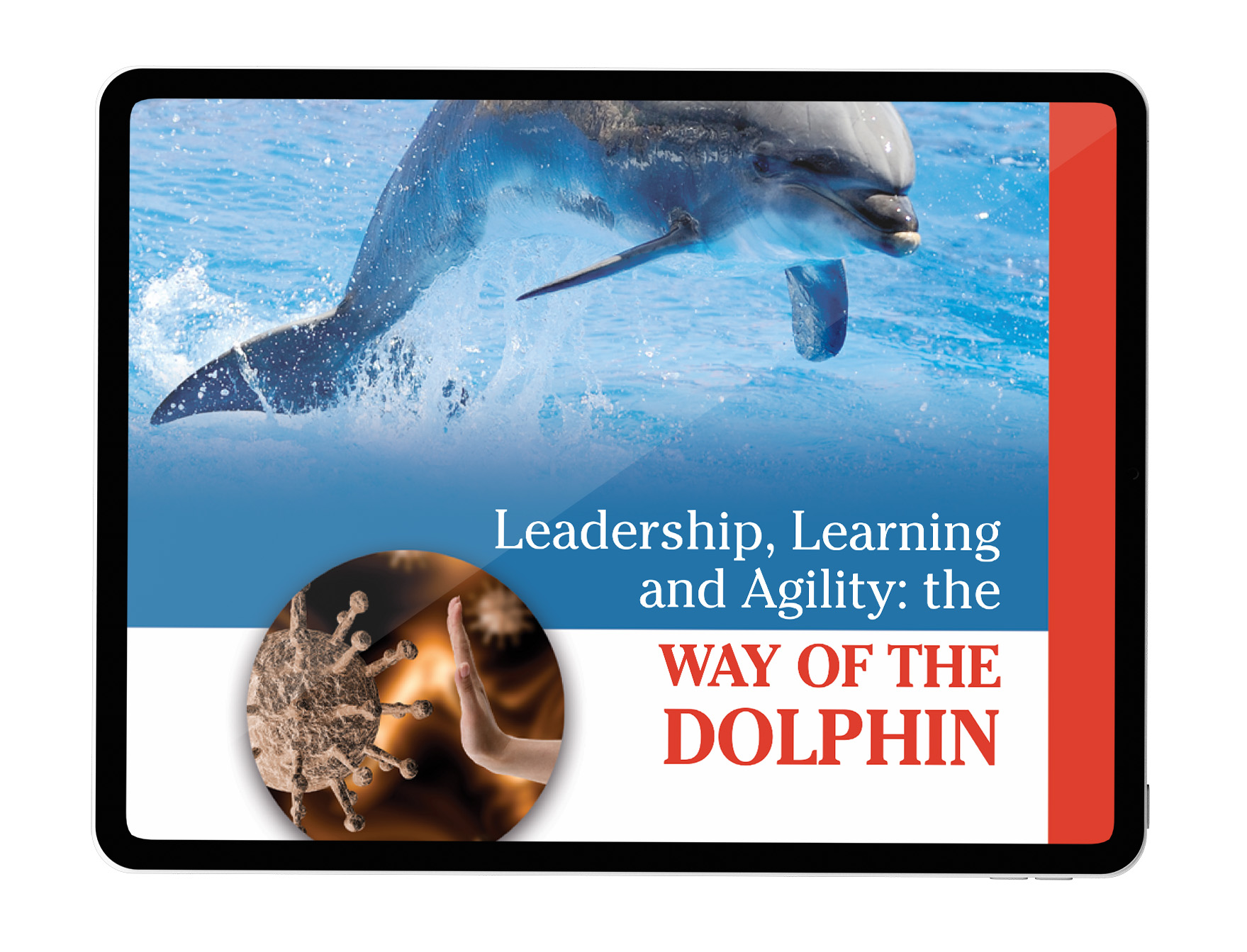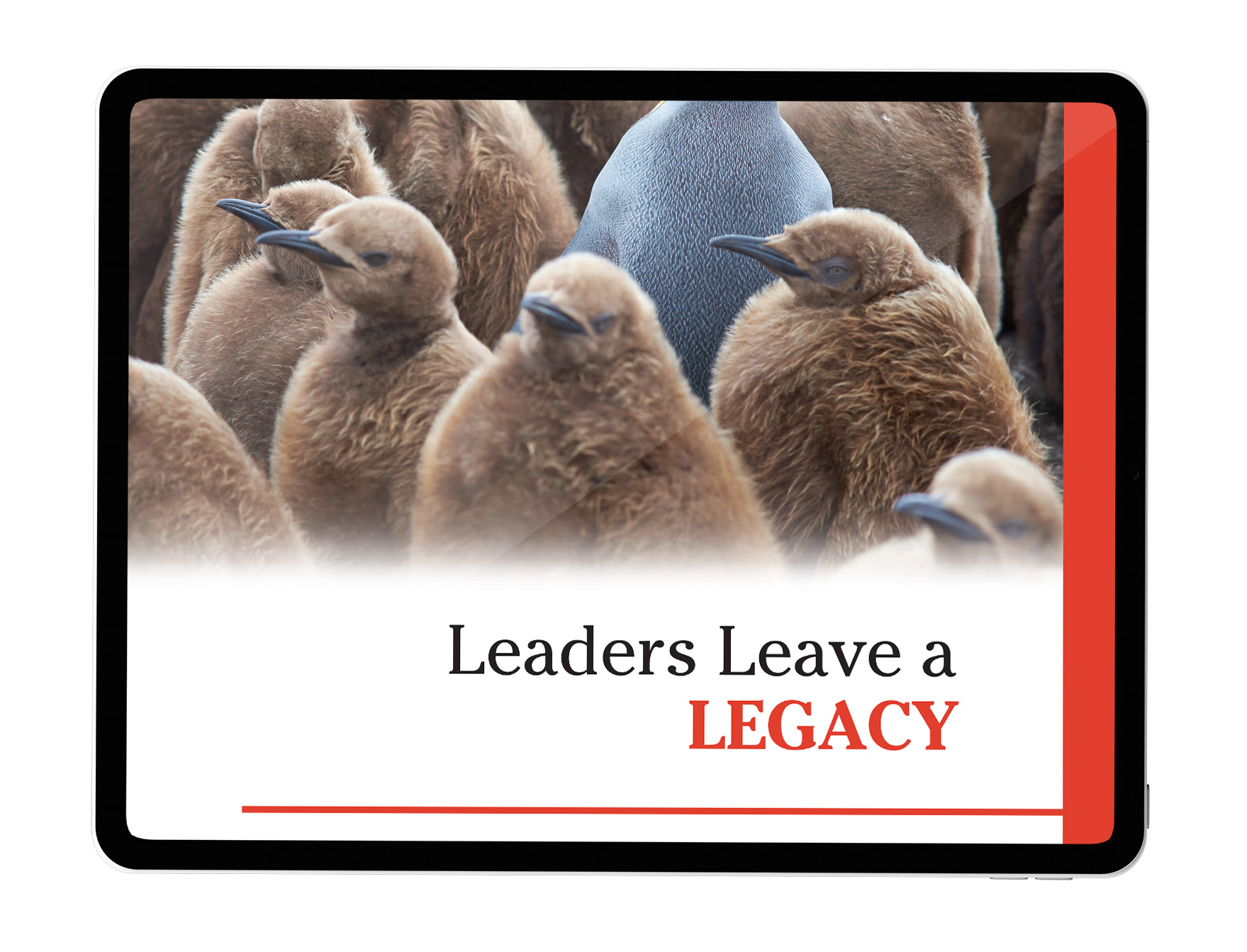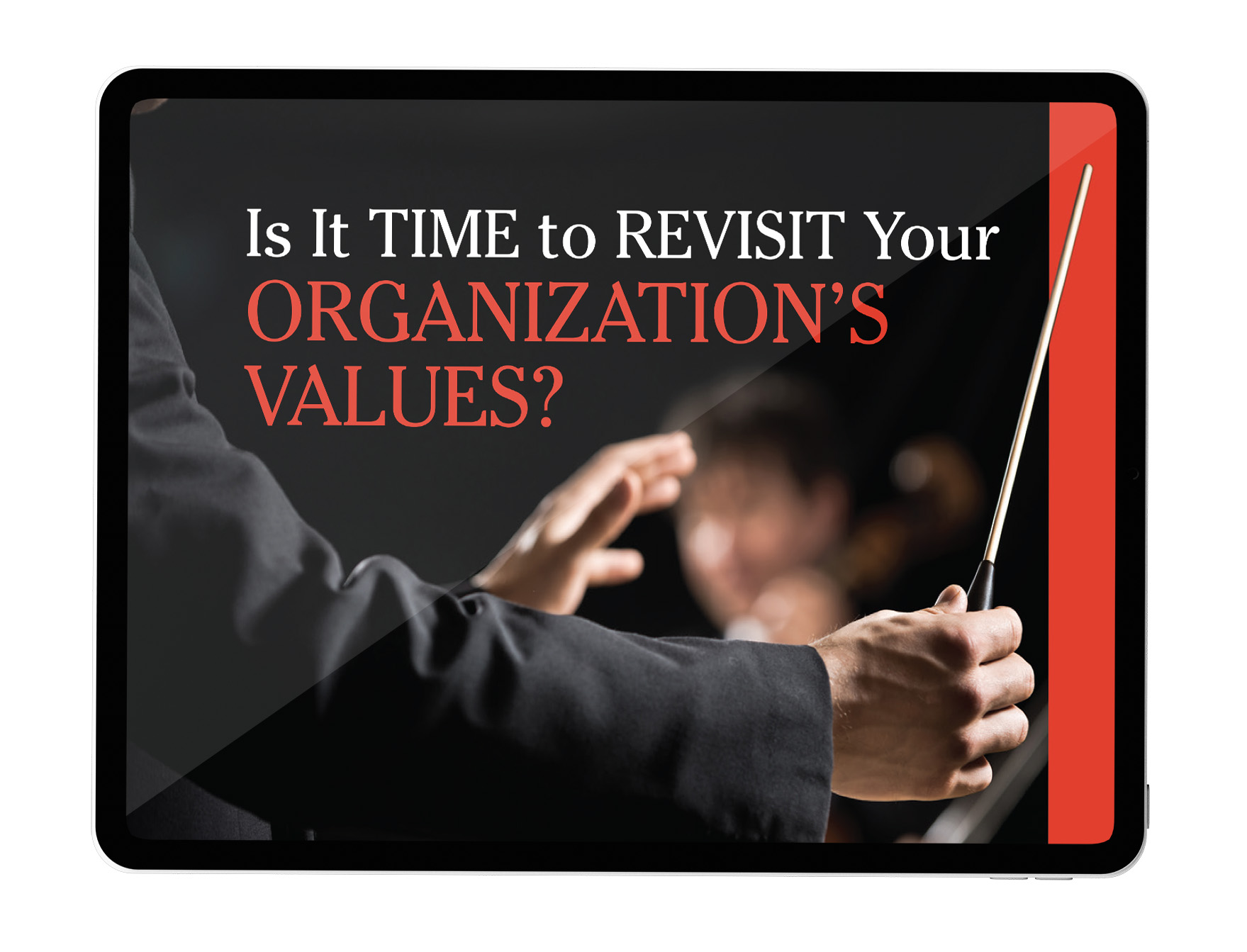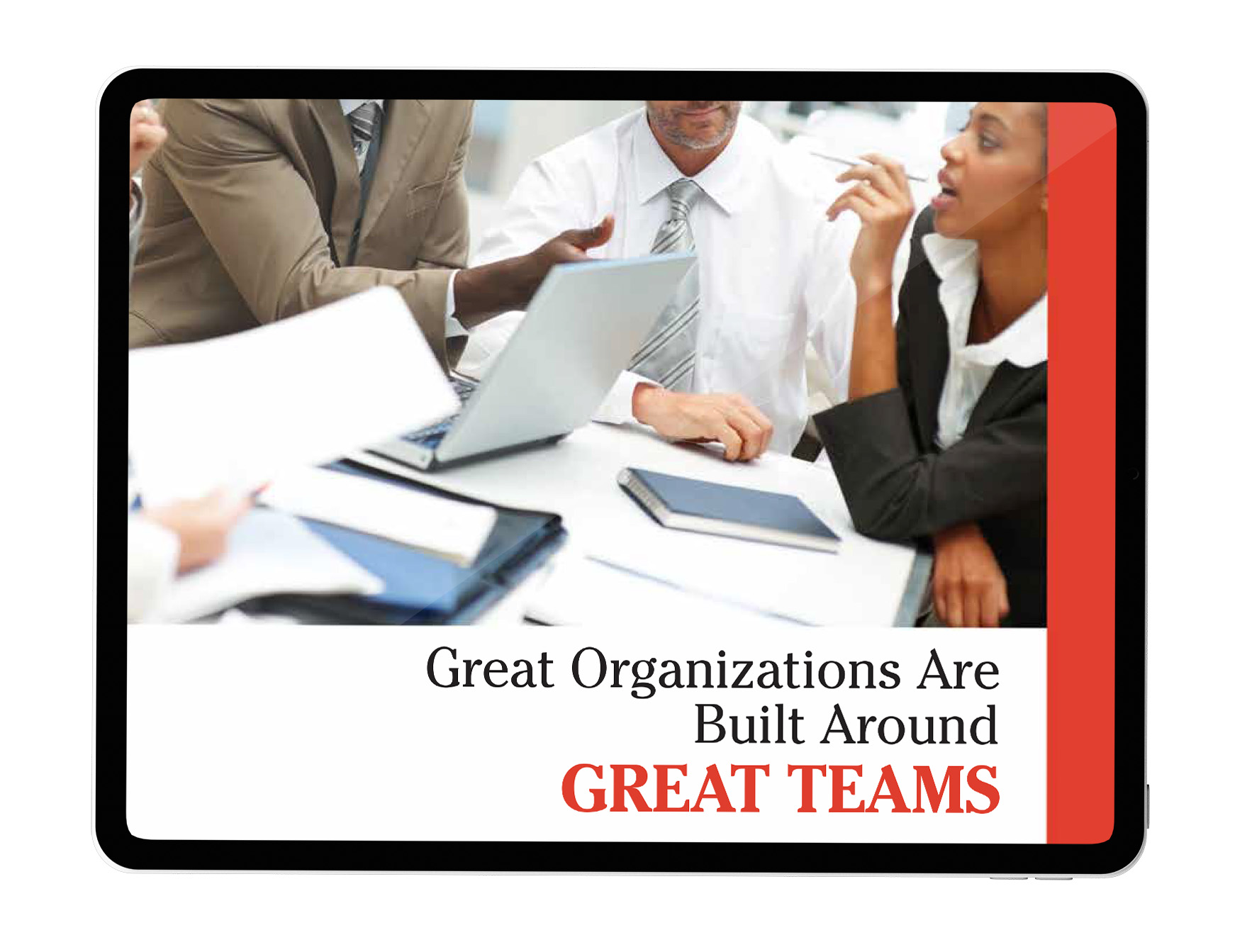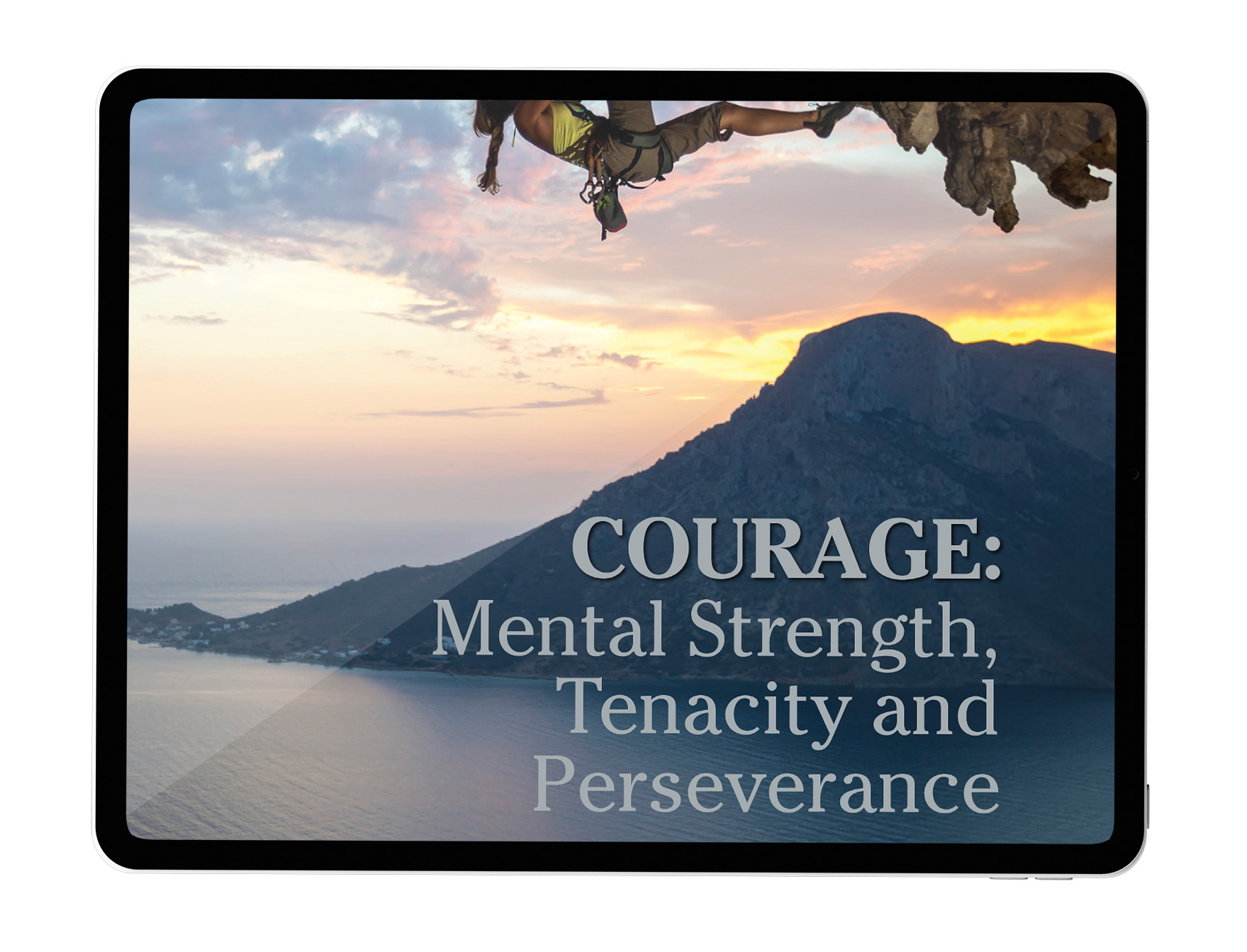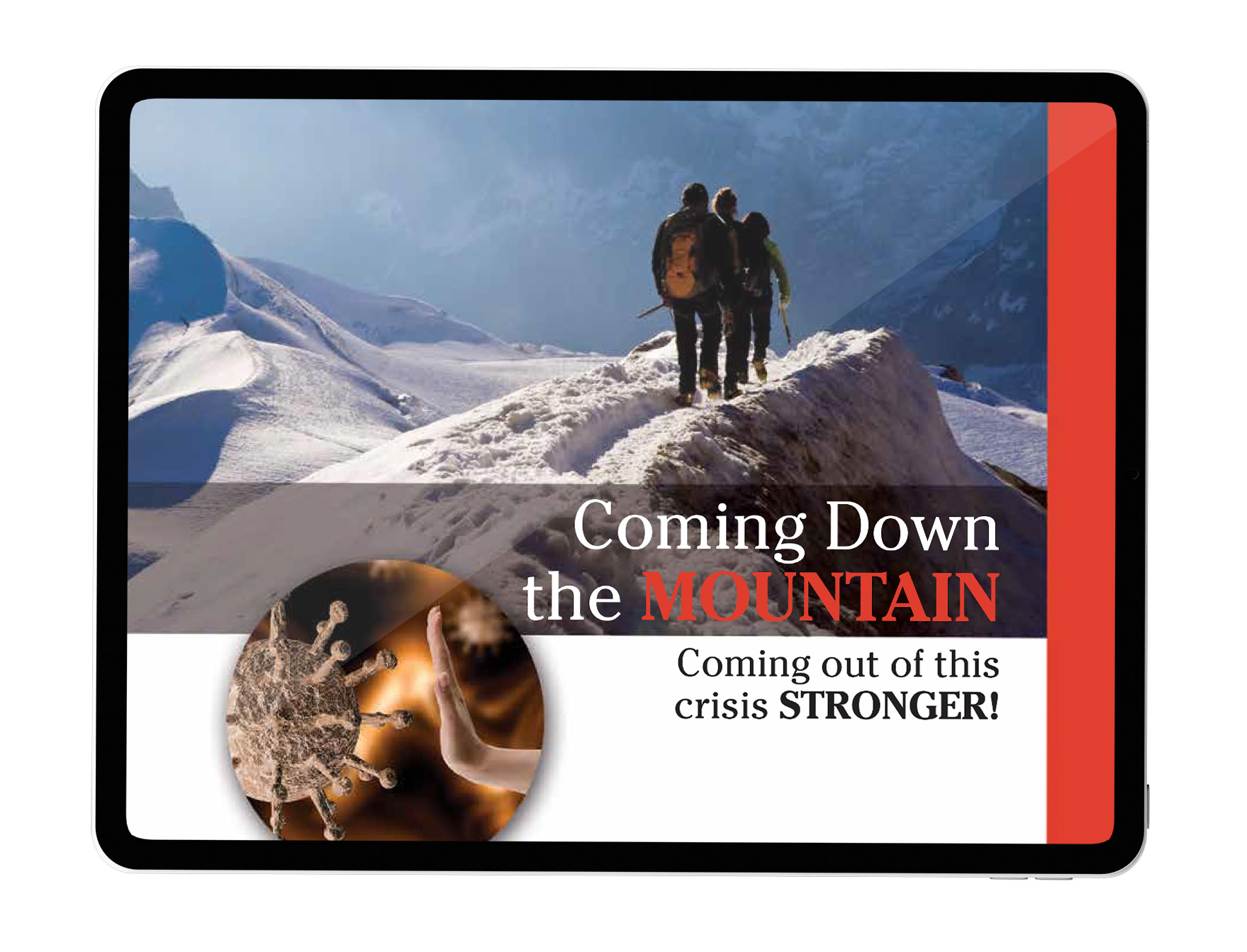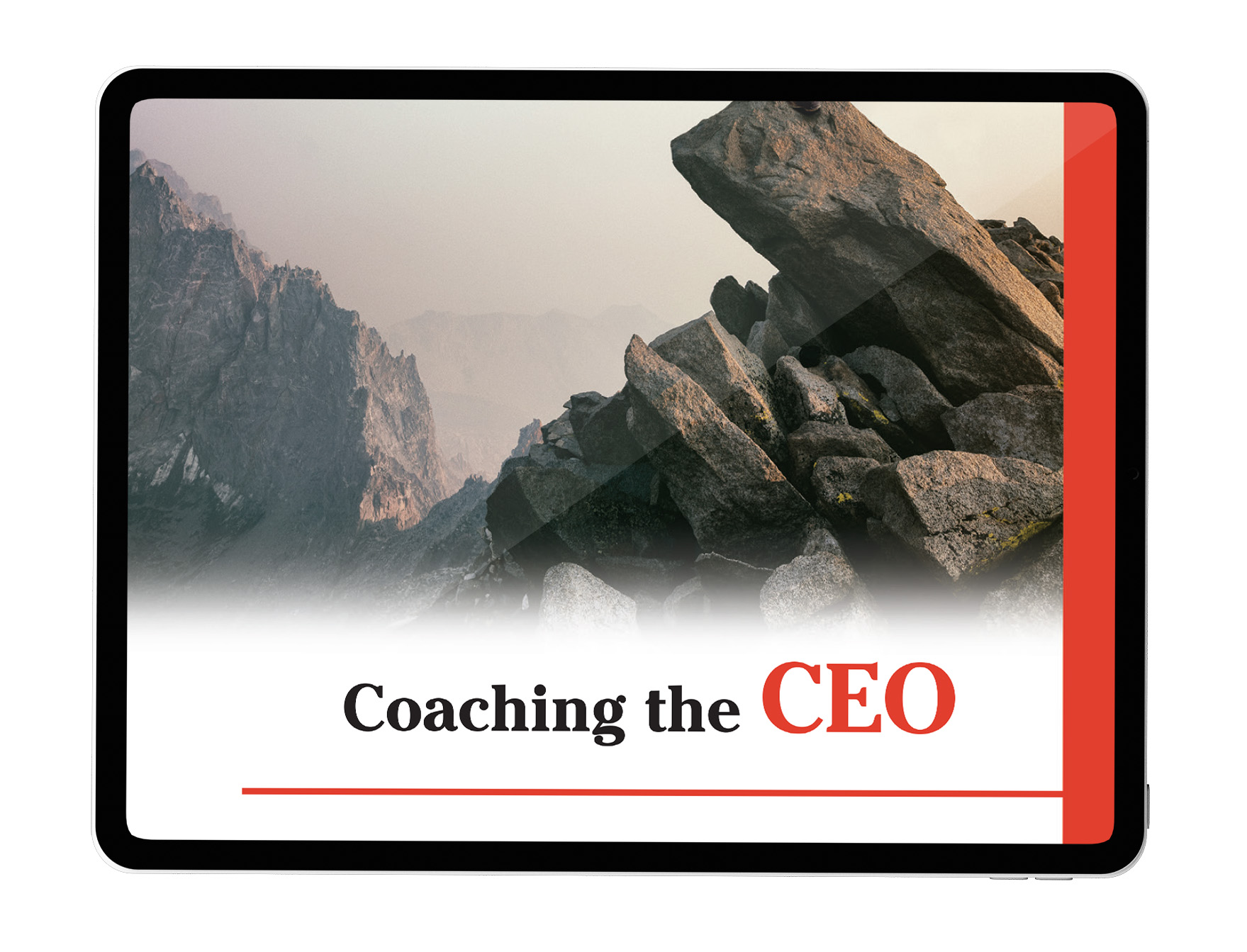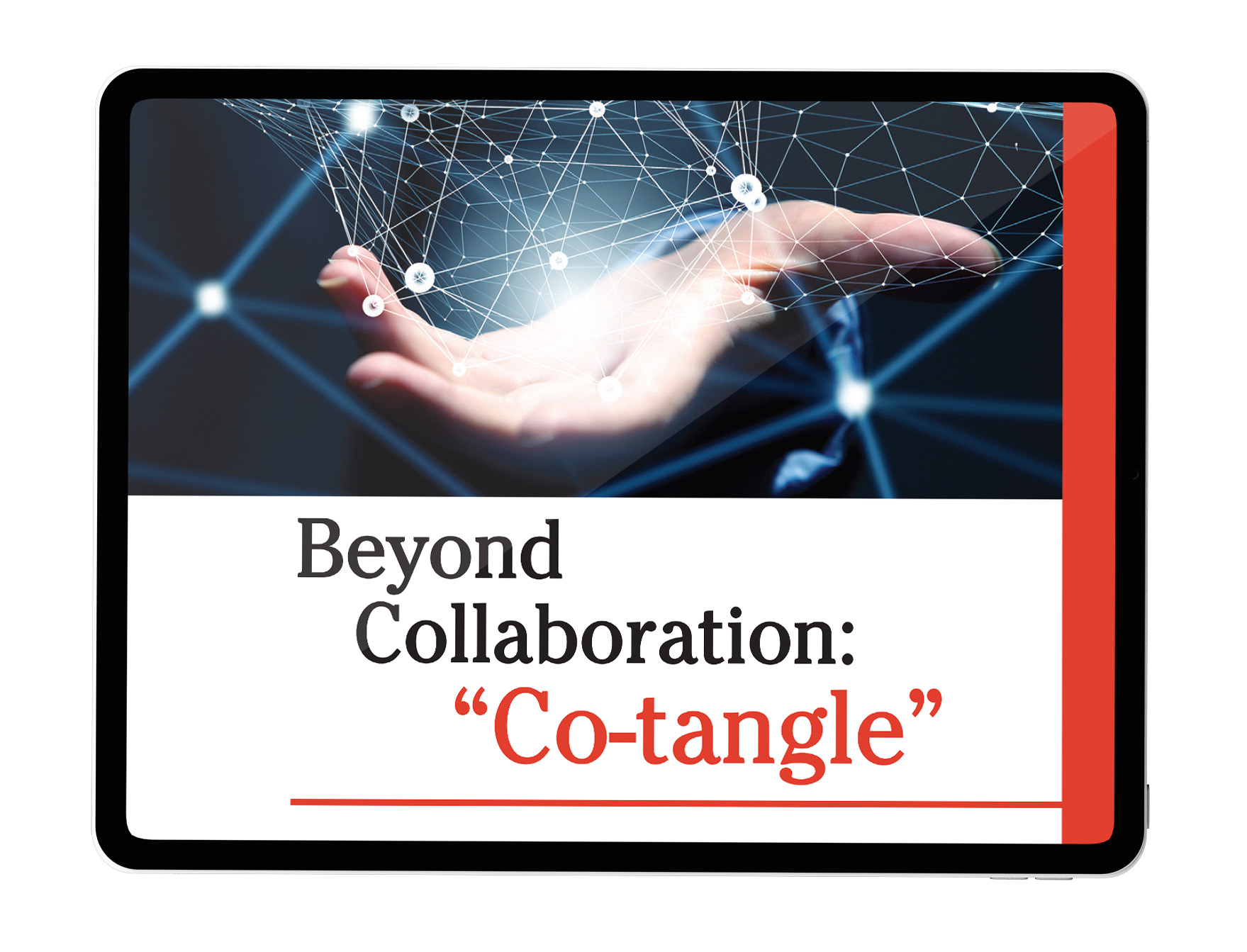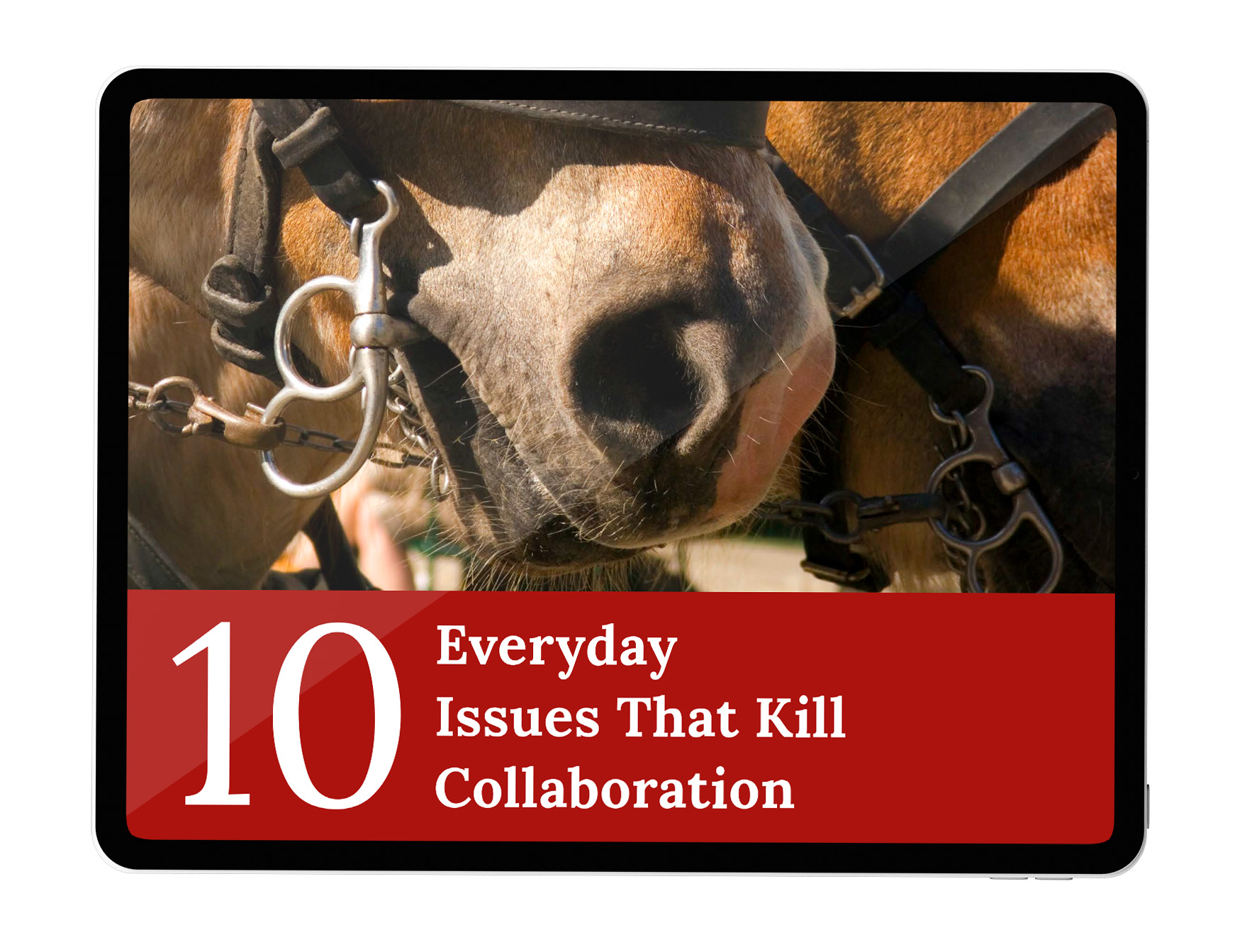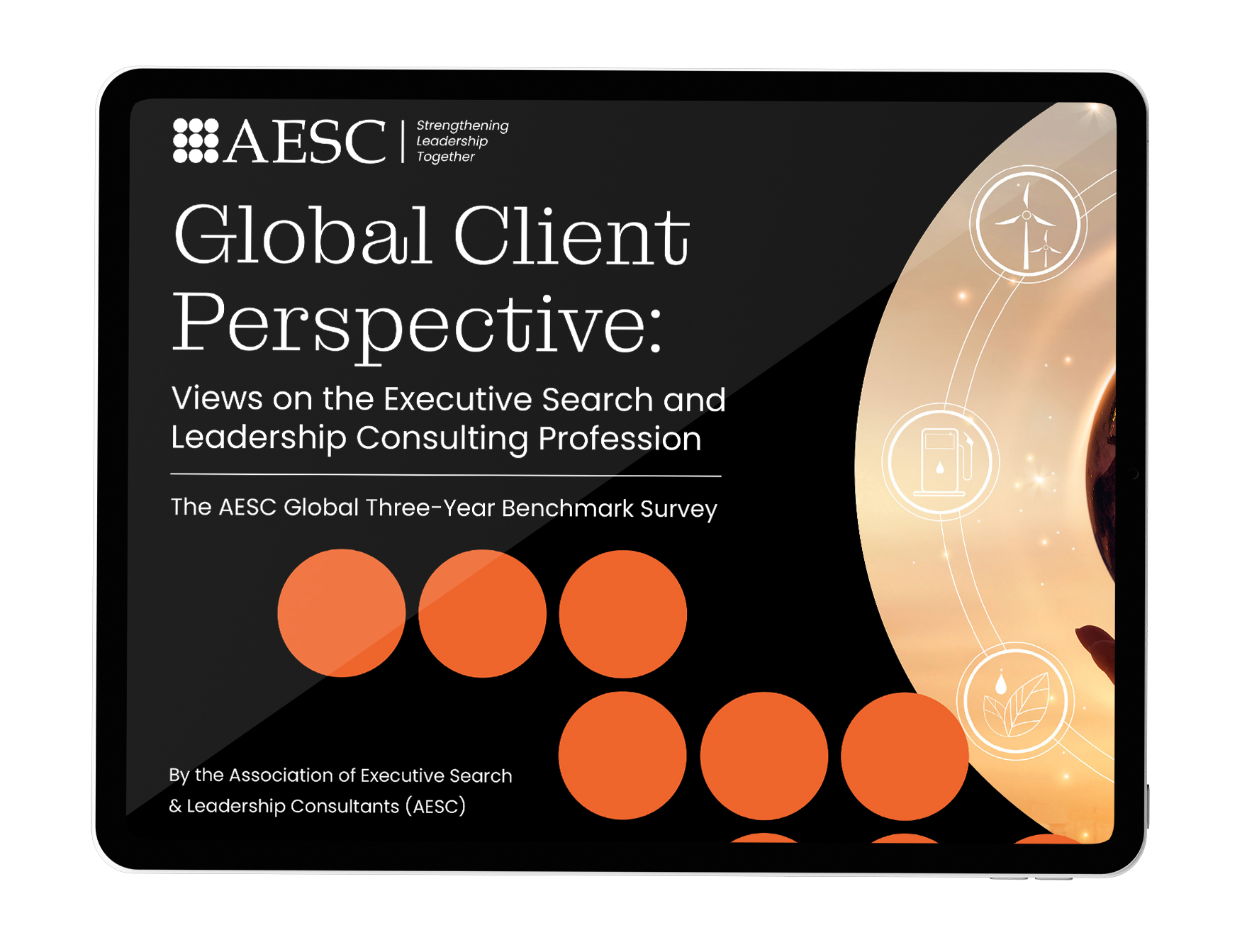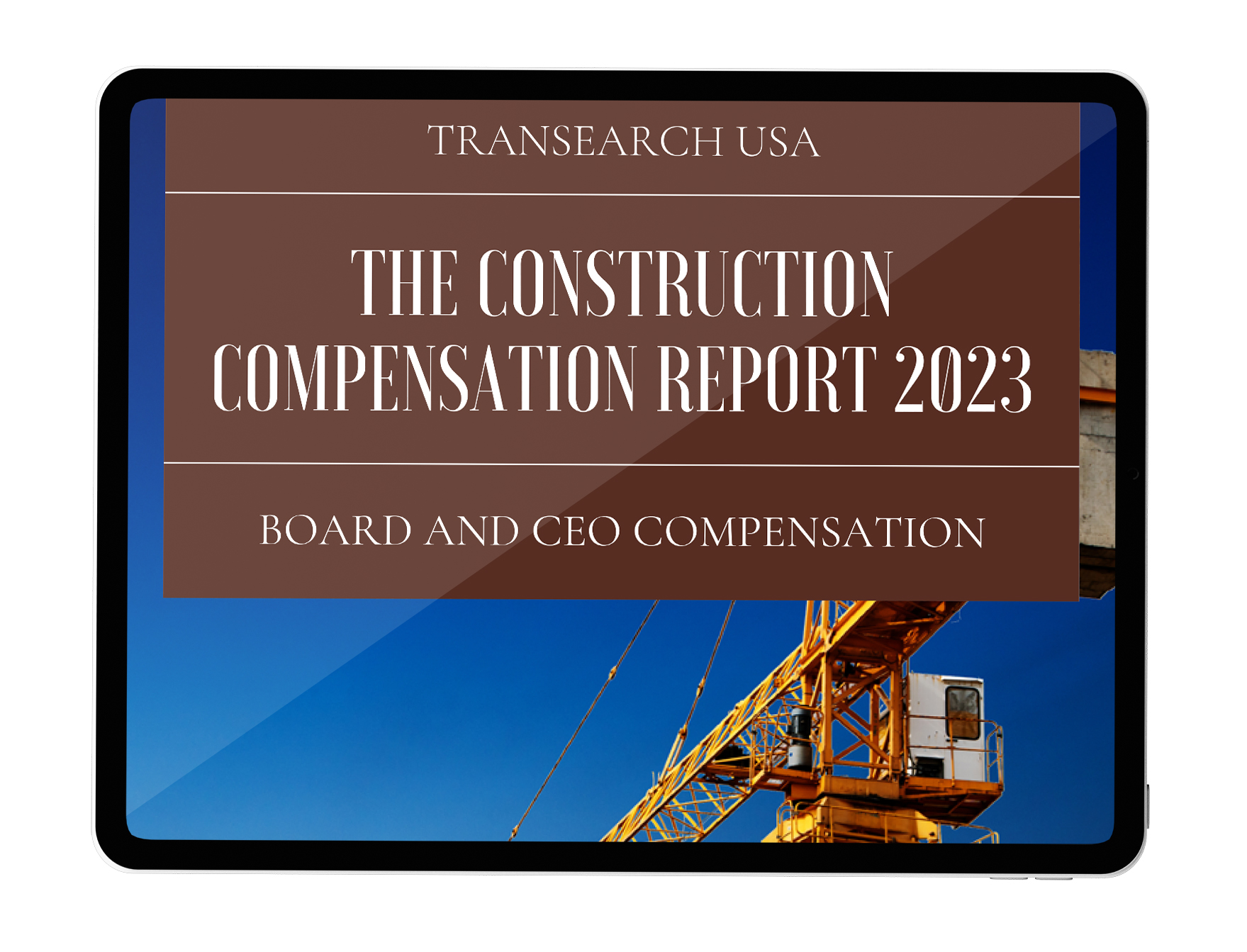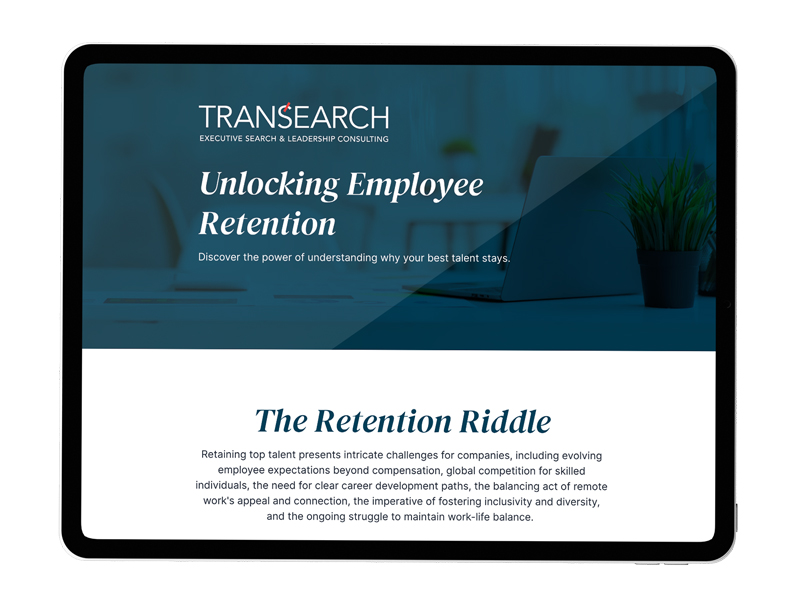We are amidst a sparkling period of growth and opportunities in the mining industry.
Not only is the sector booming from a commodities super cycle, but mining companies unearth the materials and metals that fuel the green energy revolution.
The transition to renewables was given a major jolt following President Biden signing the Inflation Reduction Act into law which earmarks $369 billion for climate and energy policies.
In an exclusive interview with TRANSEARCH, industry veteran Armando Ortega explained how the transition to renewables is inextricably linked to mining companies.
“Mining provides the key minerals and metals that make the energy transition feasible, like the case of copper, nickel, manganese, lithium, cobalt, and other minerals,” says Ortega, Chairman of the Mining Task Force of the Canadian Chamber of Mexico. “Therefore, it is a natural step to prepare the ground for human talent in mining to be ready to contribute to developing the green energy sector, and it is already taking place.”
In addition to energizing the ‘green shift,’ actions centered on Environmental, Social, and Governance (ESG), prioritizing diversity, and attracting/retaining top talent by highlighting organizations’ greater social purpose, are some critical trends in mining that deserve deeper exploration.
This article looks at these trends and provides helpful advice on how substantive action can catalyze the mining sector for a bright-shining present and future.
Mining the green revolution
The resources mining organizations extract from the earth are pivotal to driving the green economy forward.
For example, growth in electric vehicles and batteries will create massive expansion in cobalt, lithium, and nickel mining. Companies that develop wind turbines and solar photovoltaics require various raw materials and metals, from aluminum and bauxite to copper and rare earth, that mining companies dig up. Renewable energy producers are set to receive up to $30 billion in tax credits via the Biden-sponsored Inflation Reduction Act, which will also stimulate recruiting needs.
By leading the charge on innovative, responsible, and environmentally sustainable mining, the sector is uniquely positioned to accelerate and optimize the global energy transition.
Sourcing & Developing Sustainable and Diverse Talent
Like most industries, the mining space has seen a large pool of labor quit or retire as part of the Great Resignation. Data reported by LinkedIn forecasts that half of the mining industry’s current workforce will retire by 2029. That is in addition to the tens of thousands of industry employees who have already headed for the exits.
But there are many reasons to be optimistic that this trend can be cooled. To that end, the link between mining and the green economy is creating new jobs. In an exclusive interview with TRANSEARCH, Sean McAleer, a Senior VP and Managing Director with the global mining firm Pan American Silver, explores job growth in the sector.
“Our focus is on adding a broader talent pool to our company with experience in these (green transition) areas,” explains McAleer. “We have increased our focus on GHG emissions and programs to track and reduce these emissions, so we need employees and managers with that experience.”
Indeed, as mining companies introduce emerging technologies associated with the energy transition, they will need to hire people with the skillsets and capabilities required to leverage these tools, creating new jobs.
We advise mining organizations to map out which skills and capabilities are required over the next five years and develop a strategy to develop this talent in-house and recruit people externally.
Another important strategy in the quest for top talent is sourcing human resources from traditionally underrepresented groups in mining – women, immigrants, Indigenous communities, and people with disabilities – and having recruitment pipelines and career paths that empower these groups.
“Our focus has been on increasing the number of women in our company at all levels,” McAleer reveals. “Our Board is now nearly 40% women, including our Board Chair…The key is to ensure there are women in the recruiting pipeline…We also track our retention rate of women, which helps us understand why women stay and leave our company. “
Implementing the type of DEI (Diversity, Equity & Inclusion) hiring practices McAleer discusses will also make the mining sector more attractive to new and younger talent, improve retention rates, and differentiate the space from competitors and other industries.
“Companies must build the confidence and environment for diverse individuals to develop to their fullest potential and create programs to instill the capabilities needed for the mining operations of tomorrow,” according to a Deloitte report, Tracking the trends 2022: Redefining mining.
“Working …to promote DEI within the industry, will accelerate the uptake of best practices, and consequently improve mining’s appeal to diverse talent relative to other industries.”
Unearthing and Enhancing ESG
ESG has become a popular buzzword in corporate circles, and thankfully, mining companies are parlaying the buzz into tangible actions.
“The Mining Association of Canada has established a set of standards (Towards Sustainable Mining) that most of the relevant mining players have… adopted in managing key environmental and social risks, explains Ortega. “TSM is a valuable reference to deal with this enormous challenge, providing a set of 8 performance protocols in core areas, (including) communities and people, environmental stewardship and energy efficiency.””
Some of the biggest names in mining have established their sustainability committees and corporate sustainability reporting and activity. These steps, such as reporting emissions and setting targets to combat climate change, are critical, and we encourage more organizations to follow suit. Some key ESG actions your company can take include:
- Assess the impact emissions have on business and work to protect assets from climate change
- Electrify mining equipment, such as diesel trucks and gas-consuming appliances. To that end, McKinsey reports that battery electric vehicles have a 20 percent lower total cost of ownership versus traditional internal combustion engine vehicles.
- Mobilize the executive leadership team and the board to adopt climate risk disclosures and ESG-focused partnerships with vendors and even competitors
Organizations can also tap funding and financing firms that invest in these ESG initiatives. For example, the World Bank’s special $50 million fund called Climate Smart Mining Facility “help(s) resource-rich developing countries benefit from the increasing demand for minerals and metals, while ensuring the mining sector is managed in a way that minimizes the environmental and climate footprint.”
Extracting a Greater Social Purpose
One of the fundamental lessons learned during the Great Resignation is that employees yearn for purpose in their work. While pay and benefits are still pivotal, a “Great Rethink” has occurred, and people seek to work for organizations that improve society. As such, we strongly counsel mining organizations to make social purpose a core part of the business strategy and brand it widely.
“Putting social purpose at the heart of corporate messaging and recruitment efforts will help miners resonate with younger generations and diverse talent, many of whom have new skill sets vital to the future of mining,” the Deloitte report says.
“The push for decarbonization and renewable-energy sources provides an opportunity for organizations to reinvigorate their purpose and, in doing so, speak to untapped sources of talent.”
Final thoughts
To borrow wise words from Armando Ortega, the stage has been set to “prepare the ground for human talent…to develop the green sector.” Mining companies are extracting the materials required to power the evolving green economy, creating various jobs. By strategically recruiting diverse talent, taking solid ESG actions, and promoting social purpose, organizations will attract and retain the best people for the sector to shine for years to come.





















